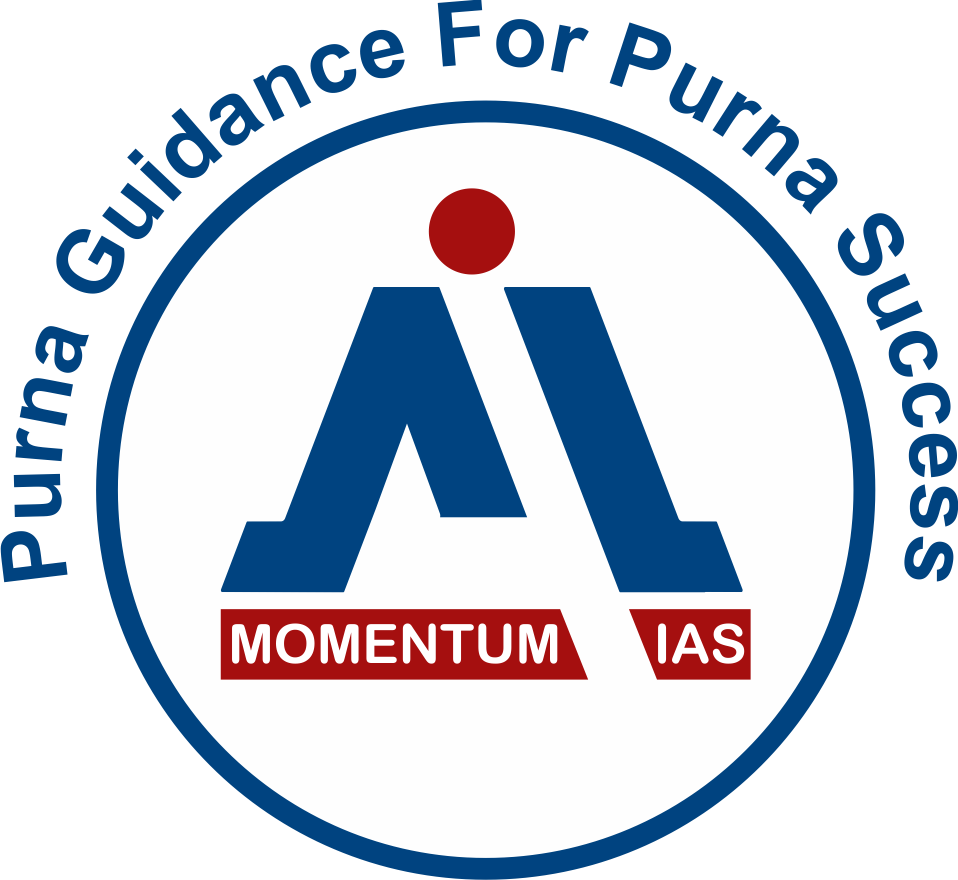
2. Explain the ingredients of the transitory nature of the early medieval India. [2016, 15 Marks]
5. Write a short essay on: “The Samanta System” [2006, 20 marks]
2. Critically analyse the agricultural economy from 750 to 1200 CE. [2014, 10 marks]
2. Write a short essay on: “Social structure of the Rajputs.” [1998, 20m]
3. Write a short essay on: “The Vedanta of Sankaracharya” [2001, 20 marks]
2. Comment on the veracity of Alberuni’s account of the Indian society. [2016, 10 marks]
3. Evaluate the ‘Kitab al-Hind’ of Alberuni as a source of history of India. [2014, 15 marks]
4. Evaluate Rajtarangini as a source of history. [2012, 10 marks]
5. Assess Kalhana’s views on History. [2009, 20 marks]
6. Write a short essay on: “Alberuni on science in India” [2007, 20 marks]
8. Write a short essay on: “Kalhan as a historian” [2003, 20 marks]
2. Why is Mamallapuram famous? [2015, 10 marks]
3. Give a brief account of the early medieval temple architecture of Kashmir. [2015, 10 marks]